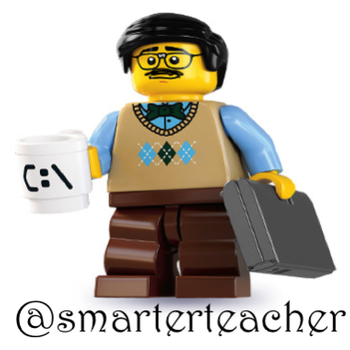An atom has 10 electrons, 12 neutrons, and no net charge. What element is this atom, and what are its atomic number and mass?
2 Answers
Hmmmm,
Explanation:
If you are doing your chemistry homework, you must have a Periodic Table beside you. You will also be supplied a Periodic Table in every test in Chemistry and Physics you will ever sit. So get your Periodic table, and consider the following. It has 10 electrons, 10 fundamental negative charges. Since the element is neutral, it has 10 fundamental positive charges, 10 protons, in its nucleus. In the nucleus there are also 12 massive, neutral particles, 12 neutrons. The number of protons,
You've got a
The element is Neon
Explanation:
If the element has 10 electrons and has a net charge of 0 which makes it a neutral atom, the atom must have 10 protons.
Elements are defined by the number of protons which is also equal to the atomic number.
On the Periodic Table this is Neon.
The number of protons plus the number of neutrons provide the mass number for the element. In this case
Making the element



